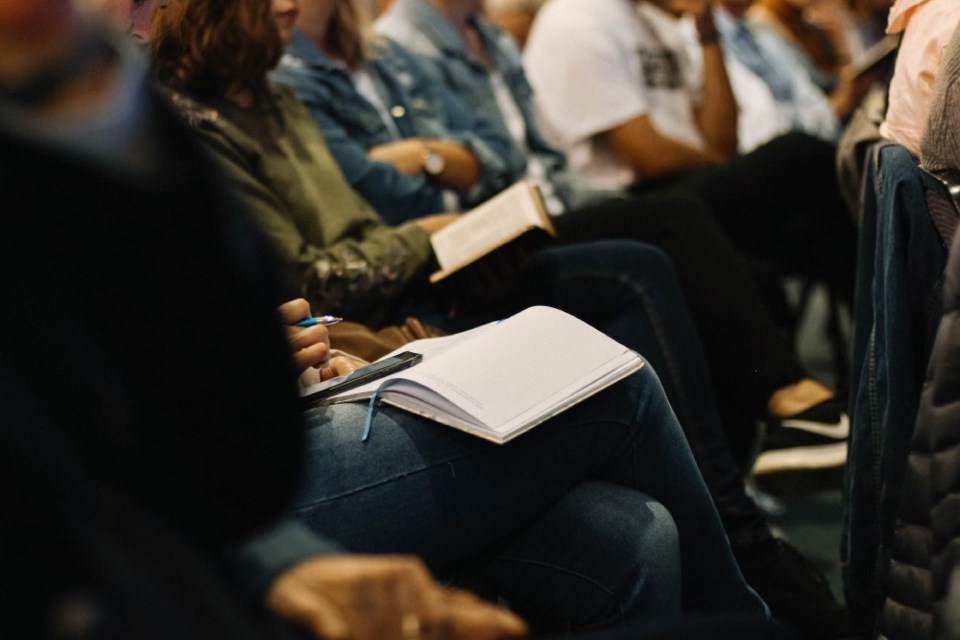In my teens, when I decided I wanted to go to Church (much to my family’s amazement, and amusement), I went to a church which prized itself with ‘spontaneous worship’. In each Sunday service there were worship songs played by a pretty decent band, interspersed with prayers, readings from the Bible, and a lengthy sermon. I soon realized that the service fell into a particular pattern week by week, I guess we humans like a certain predictability.
In my later teens I ended up attracted to the tradition called Anglicanism, which has its roots in the Church of England – a Church that split from the Roman Catholic Church sometime in the 1500s. I liked the breadth of viewpoints which were held in the Church, I liked the feeling of community, but above all else, at the grand old age of Eighteen, I found I loved the liturgy. Liturgy is a word which describes the shape and order of prayers used by Churches such as the Roman Catholic, Orthodox, Anglican and Lutheran branches of the worldwide Church, in my own tradition we have ‘liturgies’ for Daily Prayer, The Eucharist (or Holy Communion, the sharing of bread and wine in community), Morning and Evening Prayer on Sundays, and special occasions such as baptisms, weddings, and funerals. Some of the prayers we use are many hundreds of years old, though most have been updated to modern English, and other languages. Like many liturgical churches we have a ‘Prayer Book’ which contains all or most of these prayers – actually, we have two, the Book of Common Prayer (BCP), and the Book of Alternative Services (BAS) – and we draw prayers from all parts of the world into our services.
All of these prayers fit within a particular shape, a shape I recognise when I enter an Anglican, or other liturgical church, anywhere in the world. I have found that even when visiting a church which prays in another language to my own I can often recognize where we are in the service and what is likely to happen next, and I can even join in the prayers in my own language.
This familiarity I find profoundly comforting, it means I can feel at home wherever I gather with my Christian siblings who share in these traditions. The words may sound unfamiliar, but the shape is one I will recognize.
In this world, and particularly in light of the COVID-19 pandemic, I have found value in anything which can offer a sense of comfort and of belonging. Knowing that I am rooted in something which has sustained and connected people for two thousand years or so gives me a sense of being something bigger than myself. Recognizing the familiar gives me a sense of both freedom and depth in joining in prayer and being a part of community wherever I am.
Liturgy is by no means the only way to pray – silence, music, meditation, walking, and so much more can make up what we often call ‘spiritual practice’, but the shape, the feel, and the experience of being a part of a long line of people who have used and those who still use the liturgies in our prayers leaves me feeling deeply grounded and connected to my tradition. Not only that, but the haven that these liturgies provide leaves me ready to connect with others in deeper, more compassionate, more open way as I feel energized and inspired by our shared spiritual life.
The Ven. Alastair Singh-McCollum is Rector of St. John the Divine Anglican Church in Victoria and Archdeacon, Diocese of Islands and Inlets. He has a passion for the Gospel, motorbikes and bike culture, worship, philosophy, theology, guitars, single malt whisky, real ale, cinema and all things French. You can find Alastair at the church website: andon his blog: fracme.blogspot.ca
You can read more articles on our interfaith blog, Faith Forum at /blogs/spiritually-speaking
*This article was published in the print edition of the Times 91Ô´´ on Saturday, March 18th 2023



